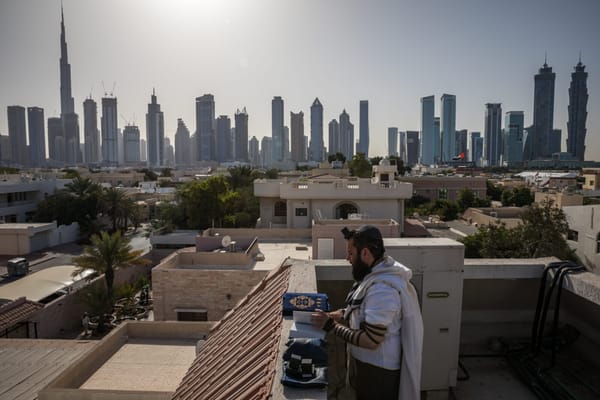Police Riot in Yarmuk
Just after midnight on May 15, 1986, some 75 Special Forces of the Public Security Department stormed a dormitory at Yarmuk University to put an end to a student demonstration. They tear-gassed and clubbed the students with “a zeal that bordered on the ruthless,” according to witnesses. At least thr









